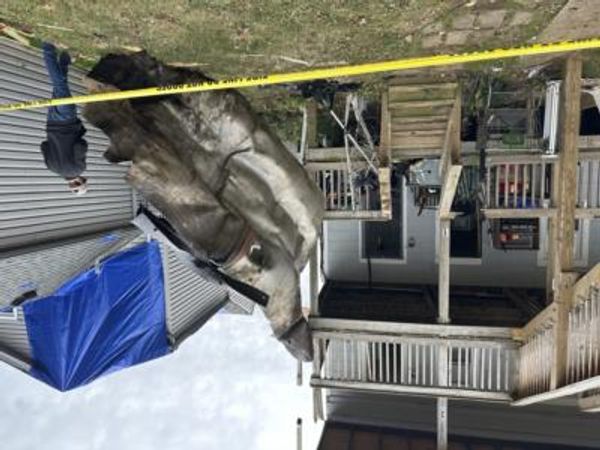
Drought conditions in Europe eased to their lowest level in early August, but ongoing record temperatures and depleted groundwater resources have left parts of the continent in crisis.
Data from the European Drought Observatory shows 28 percent of European territory was in soil drought during the first 10 days of the month.
At the same time last year the drought was twice as widespread, with nearly 60 percent of territory affected.
The European measurements are based on anomalies in rainfall, soil moisture and the state of vegetation, depending on the region and type of climate.
They do not take into account groundwater levels, which remain at an alarmingly low level in France in particular.
Because the ground is so parched, it’s been unable to hold onto the modest rainfall of recent months, meaning most of the water runs off or is absorbed by plants – and does not feed into France’s water tables.
In April the French geological service BRGM said that very low groundwater levels had put France on course for a worse drought than last year.
Recovery versus new drought
Recent rainfall in southern Europe has pointed to a gradual drought recovery, with the exception of the Iberian Peninsula, where the rainfall has been insufficient to counterbalance the longstanding effects of dry weather and extended heatwaves.
“The severity and phases of its evolution differ across the continent,” the European Drought Observatory said.
“Southern Europe already shows many impacts and is slowly moving into a drought recovery phase; northern Europe, on the other hand, is in an initial drought phase with a severe lack of precipitation.”
The new drought is building up around the Baltic Sea, Scandinavia, Britain, Ireland and Germany.
Last year, heatwaves resulted in over 61,600 heat-related fatalities across 35 European countries and triggered devastating wildfires.
This year, temperatures could exceed Europe's record of 48.8 degrees Celsius, recorded in Sicily in August 2021.







